Stream Study/Human Activity Vocabulary {18-29} ~ Mrs. Bailey
1/12
Earn XP
Description and Tags
These flashcards cover key vocabulary terms related to stream studies and human activity, including definitions and important concepts.
Name | Mastery | Learn | Test | Matching | Spaced |
|---|
No study sessions yet.
13 Terms

A measure of the acidity (acide) or alkalinity (base) of a solution.
pH
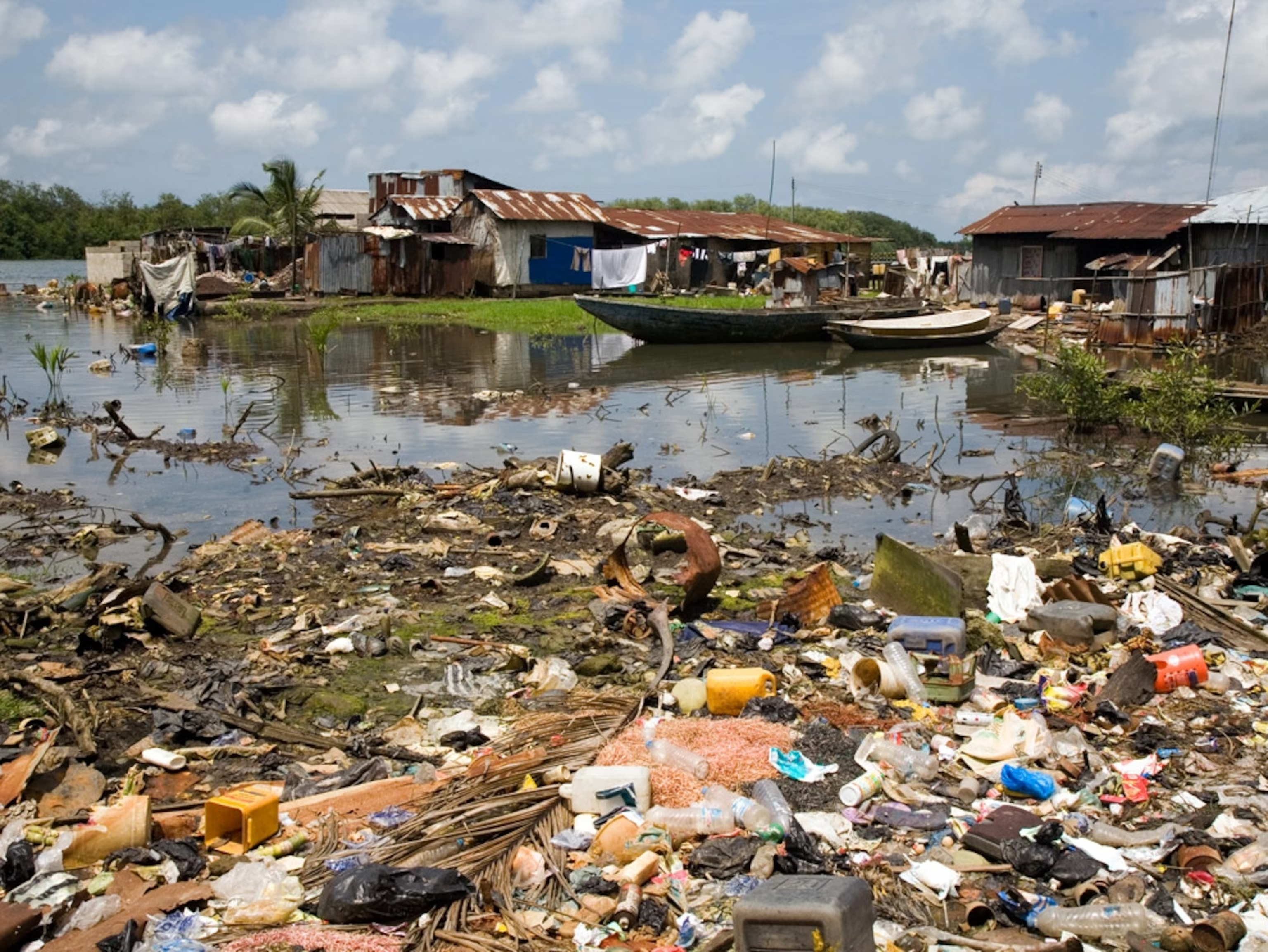
A harmful toxin, chemical, sediment, or bacteria material discharged (brought into)into the water, soil, or air.
Pollution
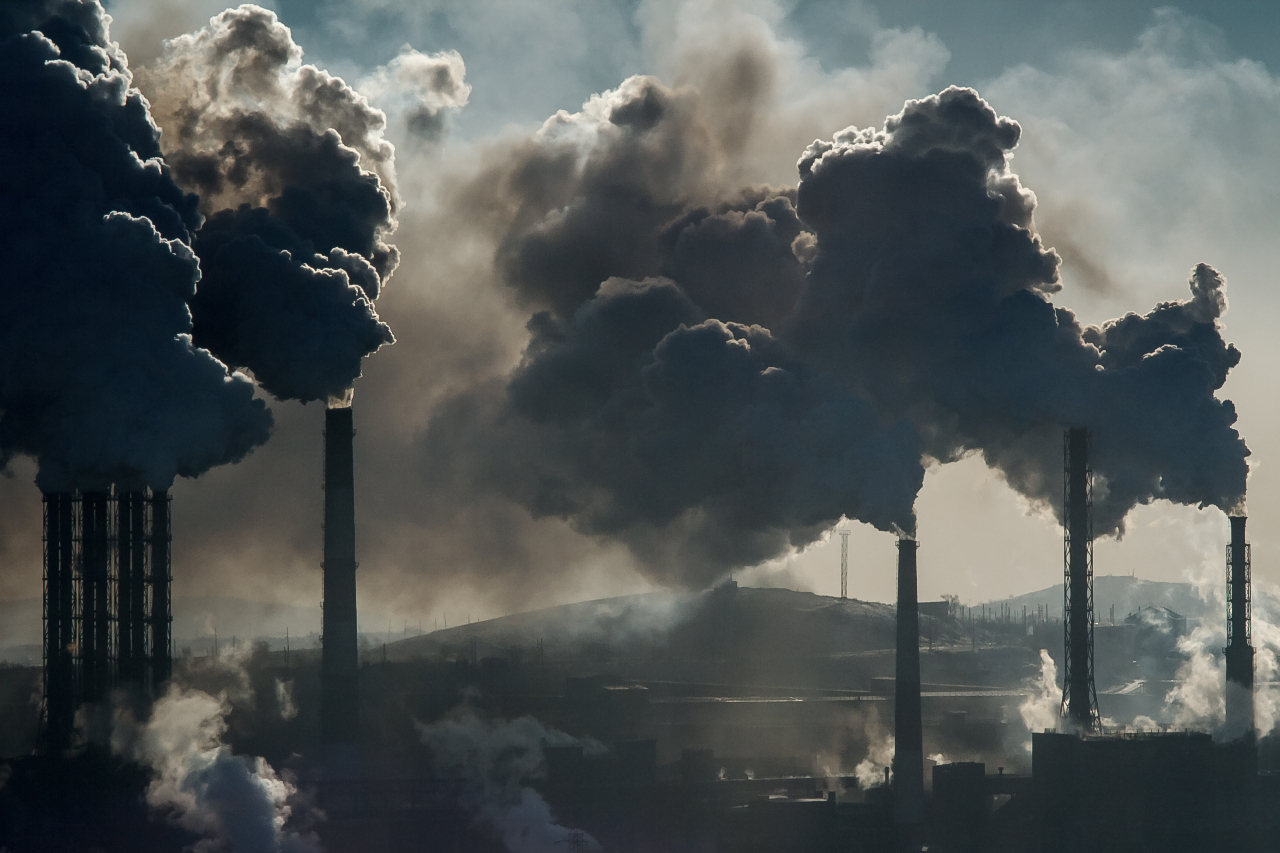
A substance that causes pollution.
Pollutant
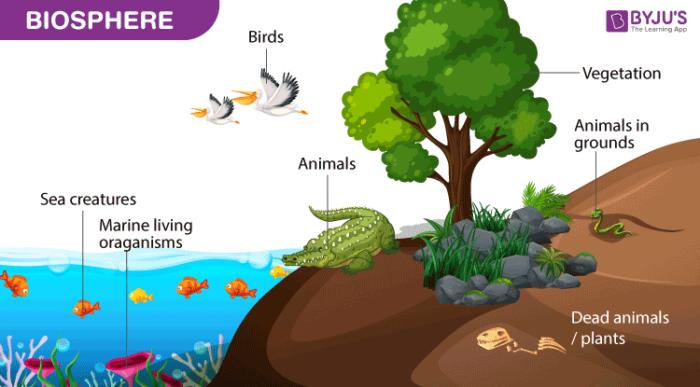
The thin layer of Earth extending from ocean bottoms to the highest mountaintops that contains all living organisms.
Biosphere
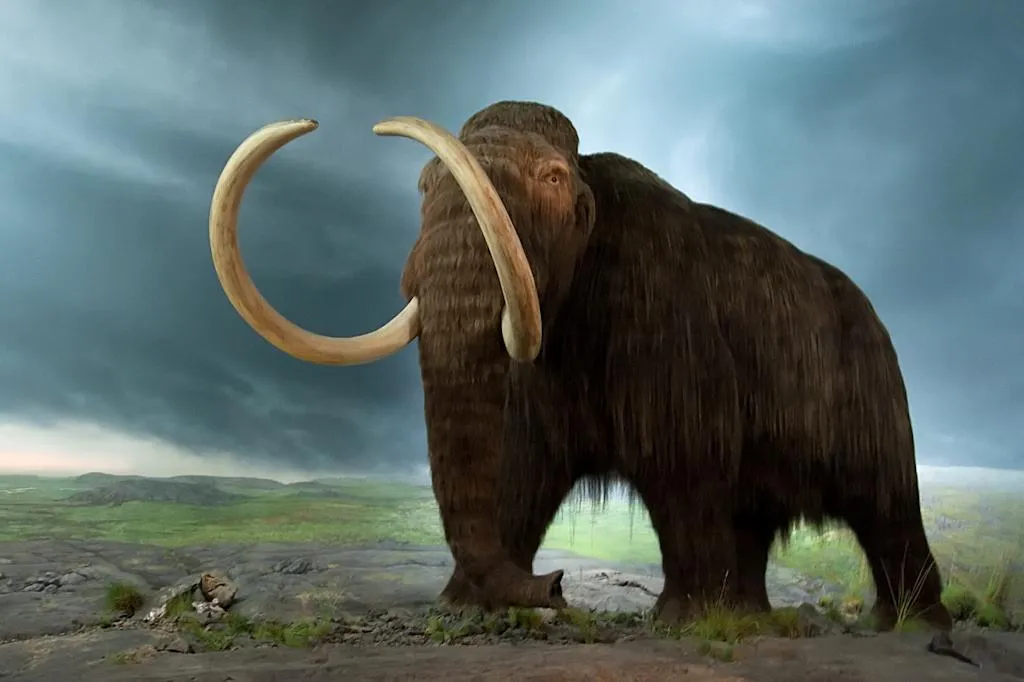
The complete disappearance of a species from Earth.
Extinction
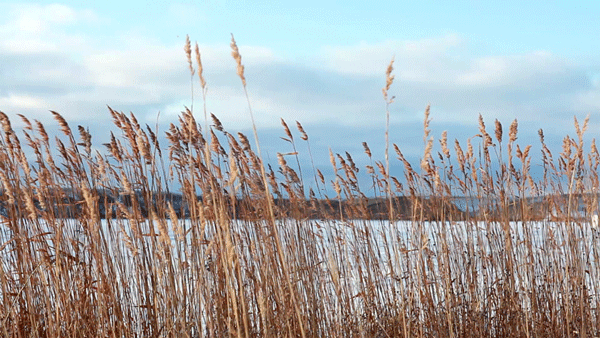
An invasive, reed-like plant that indicates the presence of water and thrives (does well) in wetland areas.
Phragmites

A resource that can be replenished (reused) over time.
For example: electricity from solar panels.
Renewable Resources
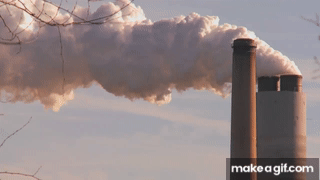
A resource that, once used up, cannot be replaced or used again.
For example: using fossil fuels.
Nonrenewable Resources
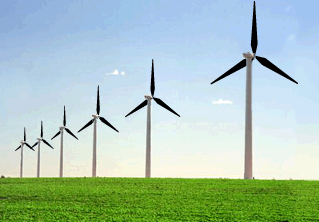
Using a resource without depleting it (using all of it) or permanently damaging it.
For example: using wind turbines that turn wind energy into electricity
Sustainable
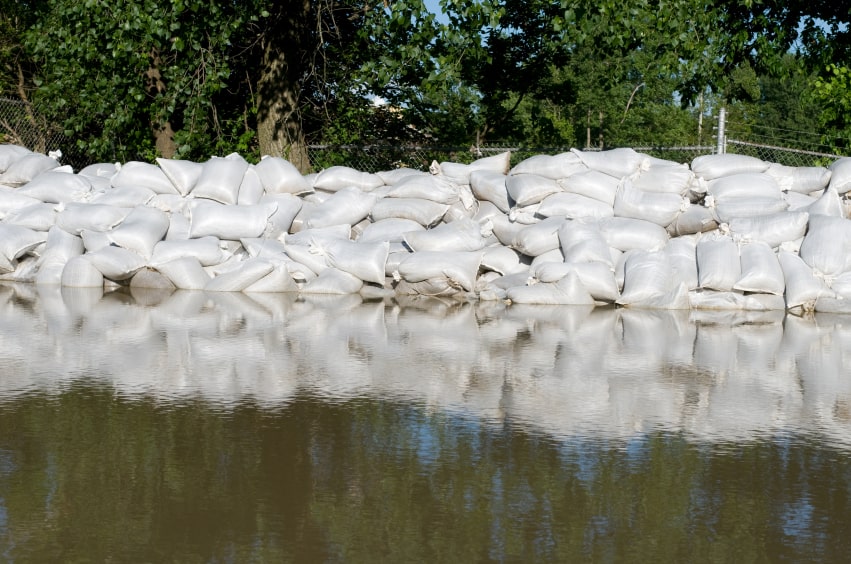
Making a problem less harsh or severe (minimizing it).
Example: placing down sandbags in an area to prevent or lessen flooding
Mitigate
Living or once-living things in an ecosystem, such as plants, animals, fungi, and bacteria.
Biotic
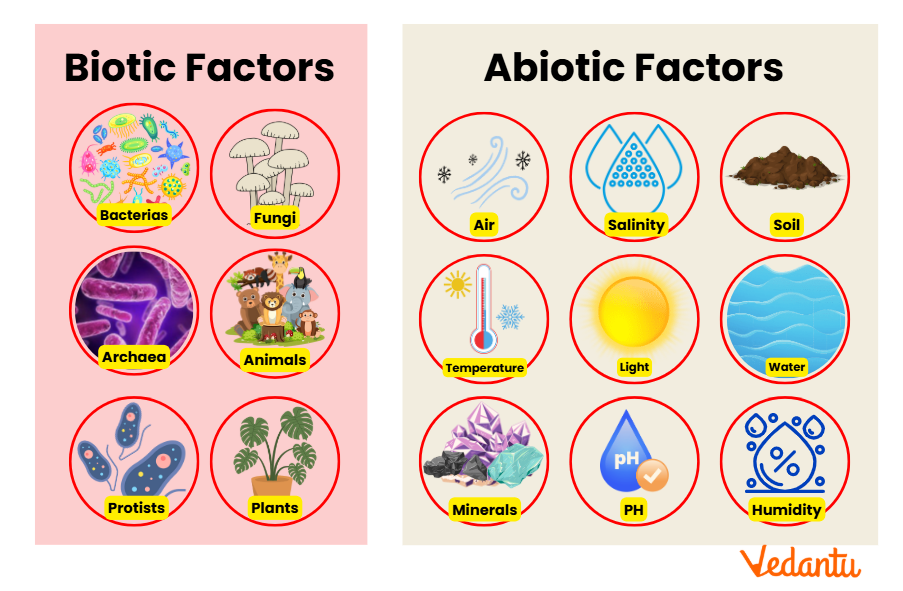
The non-living parts of an ecosystem, like sunlight, water, temperature, air, and rocks.
Abiotic
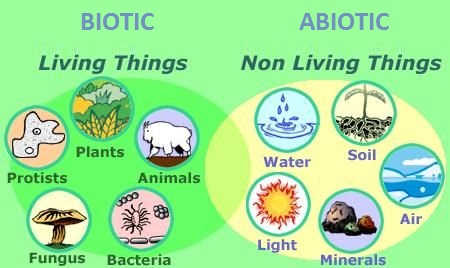
Biotic factors __________ (work together) with non-living, or abiotic factors to form a complete ecosystem.
interact